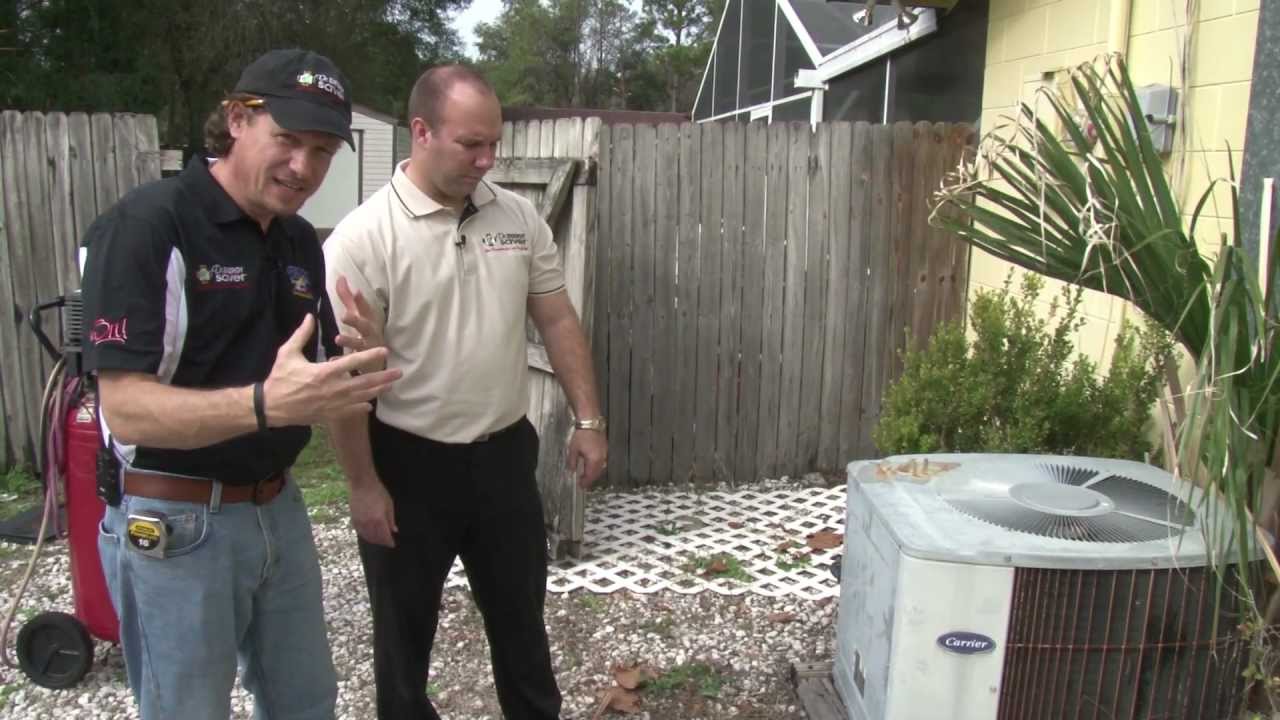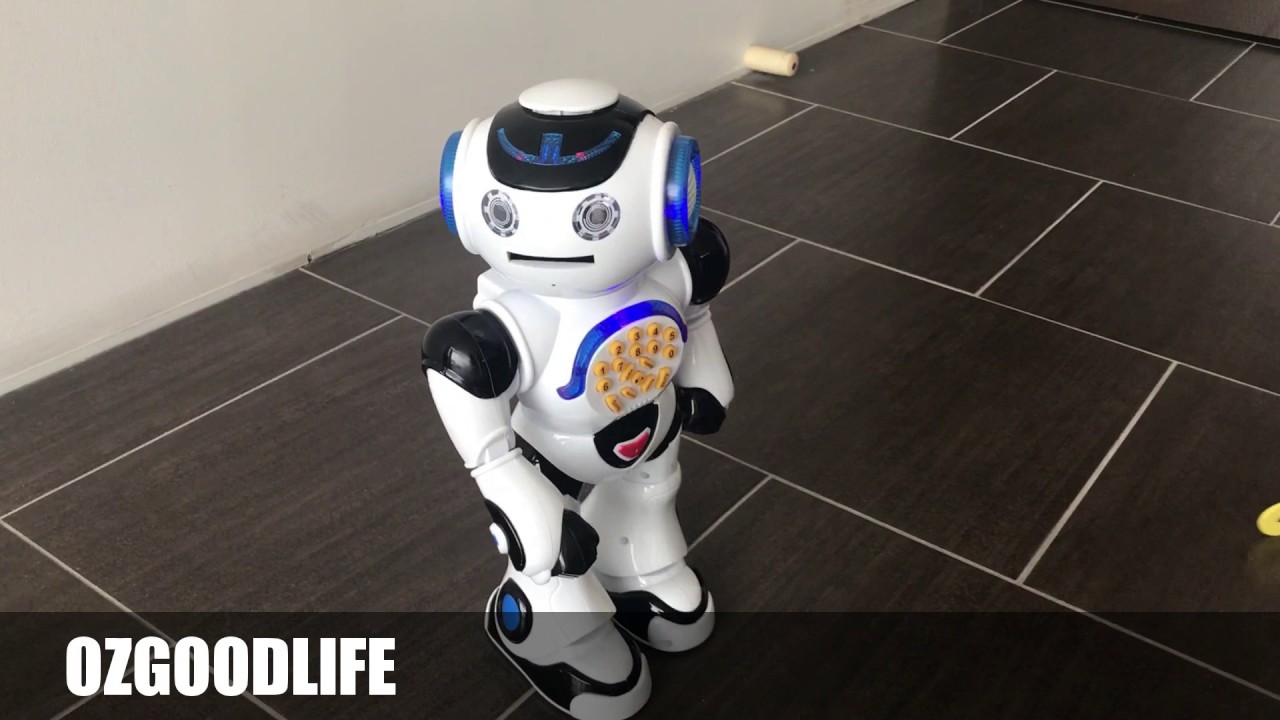Dr. Energy Saver
http://www.drenergysaver.com | 1-888-225-6260
If your air conditioning system is 10 years old or more, you can bet it is wasting a lot of energy and costing you a lot of money. Ten or fifteen years ago, the Seasonal Energy Efficiency Rate (SEER) of the best available air conditioner was around 6 to 8, which is less than half of today’s high efficiency models with a SEER of 19 to 20. SEER is the measurement of how much energy and money spent to run the air conditioner is actually being converted into cold air.
Older models also lose some of the SEER as they age. A model that was originally operated at 6 to 8 SEER, after many years, may be operating at SEERs as low as 6 or 4.
In addition to lower SEERs, older units are often improperly maintained. Dirt and moisture accumulate around the coils and ducts, while the A/C unit also becomes the breeding ground and dissemination device for mold and other common allergens, viruses, bacteria and many other pollutants. All of these pollutants will compromise indoor air quality and the health of your family
A modern, high efficiency device contains an array of features that will not only cool the air more efficiently with much higher SEERs; but also filter and rid the air from dirt, viruses and moisture as it passes through the unit. High efficiency units are usually much larger than older models to allow for better heat dispersion. Two-compressor, two-stage units allow the air conditioner to run at only 70% of its capacity in cooler days.
They also operate at variable speed, which draws moisture out of the air and saves energy.
Larry Janesky, president and owner of Dr. Energy Saver explains that the upfront cost of an air conditioning unit is just the tip of the iceberg in terms of costs. The bulk of the cost of having an air conditioner is paid in energy bills over the lifespan of the unit. It is not a smart move to get the least expensive unit to avoid higher upfront costs and end up spending 2 to 3 times more money to run the air conditioner over the years.
If you are shopping for an Air Conditioner or Heating System upgrade, give Dr. Energy Saver a call. We will evaluate your home’s energy consumption, and recommend only models that will give you the best savings per dollar invested, within your specifications and budget.
Source




why doesnt energy Dr comes to Vegas ? we or Arizona or Texas?
If you get 4 HVAC "experts" in the same room, you'll likely get FIVE different recommendations for your system, each one claiming the others don't know what they are talking about. (In my experience in Florida.)
Bull Shit from two hvac salesman trying to earn a sales commission!
WOW What a LOAD
Thanks for the helpful video! Learn more about how to get the best performance out of your central air conditioner by watching our latest video: https://youtu.be/Epn0R6tIURI
This whole video is absolutely ridiculous. These guys are scare tactic sales at its finest. I feel sorry for all the people they have screwed.
Larry is great. His AC junkie flunky needs an education and a little curiosity.
Your lack of knowledge is spewing out of your face. I ran into an AC sales guy on a golf course and he said the cold air came from the cold line of the unit. I cracked up and walked away. He’s not getting education at my expense. I couldn’t tell you how many schools I’ve been to in my 40+ years in this field. I have been entertained thanks for the video.
This is bull s$&t
The guy in the black hat is an excellent instructor!
$$$$$$$$$$$ Great video! Please enjoy a FREE copy of my "10 Energy & $$$-Saving Tips" guide at: https://tinyurl.com/10EnergySavingTips (for a longer, "88-Point Energy Efficiency Checklist," (a $10,000 value) click-on
https://tinyurl.com/LowerMyKWH $$$$$$$$$$$$$$$$$$$$$$$?
I would guess such a unit would be 10 seer, at the very least. I have never heard of a 6 seer unit ever. My 20 year old unit was a 10 seer.
You know… one thing that i really annoys me… When someone asks you a question and in your answer you include the question IN the answer…
Like what is the difference between single stage and dual stage AC… Answer is, well the difference between single stage and dual is X …. When someone asks you a question, just give them the answer.. What does SEER mean, answer is X …
Jerks…….
Some energy companies exaggerate concepts and use key words to sell sell sell. Why are they assuming that unit lost seer rating over the years? As long as compressor has good valves and coils are cleaned the seer will be the same. The house insulation factor plays a much higher role in energy costs as it deteriorates.
Theres only one compressor not two.
They have a concrete block house and worried about the seer number.
Nothing worse than a salesman exaggerating in his favor, and that black insulation in the blower that's supposed to be black, albeit was dirty.
Wait til it stops working. BIG savings.
a return behind a louvered door…sad
I am a HVAC tech. They are correct on all the technical information provided in this video. I have changed my 15 year old unit for a 21.5 SEER w/ HEPA filter and UV light w/ charcoal filter system. What a major improvement in air quality and cost of electricity. This show is great. Several tips I did was to insulate the electrical outlet and switches and finally install on the east and west facing windows a UV heat film from The Home Depot. I am saving now close to $230 in the summer time per month. My unit is also solar ready. I can run it just on 5 100 watt panels. I love this. All this tips come from watching this show.
I've had techs check my air conditioners every year since I bought this house 14 yrs ago & they've never once cleaned the coils in the air box one time. In Houston the tech don't come out to fix or repair air conditioner's they're come out to sell you a new one.
O and what are they trying to say that you should just replace ooo yeah just so they can get more money theirs no point to this video it’s all bullcrap
What they are saying is bullcrap this air conditioner is probably working fine I don’t believe in what these crap wannabes say
I've been doing industrial, commercial and residential hvac and building automation for over 35 years.Their is a paradox here. If you spend quite a bit more on a higher efficient unit and it's cost to remove the old unit and install the new one, how long will it take you to get that upfront cost back in energy savings vs replacing it with a lower seer unit. Also understand that a higher efficient unit's parts are considerably more expensive than a lower efficient unit. ( kinda like parts for a Ford Taurus vs a Chevrolet Corvette) He spoke of a variable speed evaporator motor and the unit having two compressors. Also If it has a low ambient kit in it driving the condenser motor, there is more cost and more parts to consider their too.Common sense says if you have more components and they are high performance components, then you will have more repair costs eventually. All man made parts eventually fail. Your contractor can buy a typical after-market 3 speed 1/3 hp 1040 rpm evaporator motor/cap for about $75.00 bucks for a typical low seer machine. The newer units motors now are using the ECM X-13 and ECM Variable Speed Motor Modules…the modules themselves run about $150.00 for just the module. The motor it self added in if it fails can bring the evaporator motor cost to over $300.00 and thats the contractors cost, before it is marked up and then sold to you. Two compressors equals twice the chance of a failure vs one compressor. The best thing you can do is keep your filters clean, washout the condenser coil every spring and check the evaporator coil and clean if necessary as well. The correct size unit for the space is crucial as well as your duct work being tight with minimal air loss and the MOST IMPORTANT thing you can do is make sure your house is well insulated, windows for sure, door weather stripping and correct attic insulation is a must. Air conditioning is not designed to put cool air in your house, it is designed to remove the heat from it. A typical rule of thumb I've found to is for every degree you lower your stat, it can add around 8% to your bill and that works for heating too. So lets say if you set your thermostat to 72 in June and your utility bill for that cycle is $300.00…then if you set it 2 degrees lower to 70 the next month it will be around $350.00. That is if the outside temps both months are similar. The new smart stats can be effective in better comfort and some modest savings but again, with their cost being considerably higher than a typical no frills thermostat, how long will it take to see some noticeable savings. One thing I can tell you without a doubt is a two compressor unit with the right thermostat that looks at and can control the humidity in the house can be very effective concerning comfort. A 74 degree house with 50% humidity can feel more comfortable than a 72 degree house at 70% humidity. That is where the correct size unit is crucial concerning humidity. One thing that never works is one unit conditioning both downstairs and upstairs. Upstairs ALWAYS has to have it's own unit. And with the newer units having two compressors, you can now put say a 5 ton unit in place of a correctly sized 3 ton unit in an upstairs because most people especially in the south know that in the hottest months, the upstairs unit runs from 10 am to 10 pm just about non stop and usually can't bring the temp down lower than 76 in the heat of the day. But if you install an over-sized unit with two compressors, it can run one compressor in the typical months and reach set point and can bring in additional help with the 2nd compressor and more air flow in the hotter months when they struggle the most.Hope this helps.
I made it by myself. I used Avasva solutions for that.
A.c. is the removal,of heat you dumb asses
♦️Here is a secret the air conditioner sellers don’t want you to know. Question: Which home air conditioner uses the least amout of electricity? Answer: The one that is off.
I live in Northern Wisconsin, USA. A/C unit is 26 years old, no repairs yet. I use the air conditioner less then 30 days a year. Even then, its noirmally only 1/2 a day at a time, so about 350 hours of run time per year.
Also, our local utility has restructured their rates such that the fixed portion of the monthly electricity bill is larger and the variable “usage” portion is lower. This new billing structure reduces the energy savings incentive from upgrading to newer, more efficient appliances, or installing your own solar system. The utility did this pricing restructure so low energy users equally support the electric grid during peak demand. People who use solar, it was claimed, hurt the other utility customers because peak energy use is just after sunset, something called the duck curve. Solar owners use less energy when electricity demand is low then pull from the grid at the same time everyone else is too, shortly after sunset. Low cost suppliers to the grid like nuclear need constant demand to be efficient. So solar owners really put a strain on the grid. The new rate structure attempts to correct for these things.
Although a new air conditioner unit may be more efficinet, my utilization rate is so low, and variable energy rate so reduced that when I ran the numbers, its not worth updating my air conditioner until the old one fails. By my calculations, payback exceeded 20 years.
Now my furnace, which runs about 8 to 9 months a year, is another story. I updated my gas forced air furnace about 7 years ago, as I took advantage of a warranted failed heat exchanger credit. With the discount due to the heat exchanger plus federal government incentive due to the improved efficiency, the post discount payback was under three years, actually 29 months.
There's a lot of incorrect info in this video…
So the "cold" line send the "cold" inside to a radiator. Both these guys are morons.
I need Techs to check new clean RA filter 'fpm velocities', starting with a popularly used 16X25 filter of various types so we can divide the velocity in fpm into the CFM flow volume to get the filters Ak (open air area).. Example; 800-CFM / 250-fpm = 3.2-Ak. Most filter areas are way undersized as is a lot of duct systems leading to very poor performance in both heating & cooling modes… Publish the results here…! Thank you, Darrell AKA udarrell
Check this out. http://ener.co/#welcome Whether you agree or disagree your will tell us if you know what you're talking about. (if you make a living off fixing and and selling replacement equipment you're probably not gonna like this)
This guy is not a freaking tech. He's a glorified sales guy spitting typical bs. So many holes in what they're saying. What a joke. Sad.
The insulation on the suction line has nothing to do with efficiency. It’s to keep condensation to a min.
Total joke. The higher the seer the more it cost to install and repair. You will not make up the savings in electricity vs cost to install and Maintain.
Seer rating means nothing if you have a shitty duct system.
Pure comedy
I would prefer a 6 or 8 seer system over the new crap. The energy needed to cool the house from an a/c with the same tonnage has changed very little. And I have had customers say that have paid more in the new system than the old.
13:09 – that brand new coil is all covered with rust and green oxidation already? Didn't take long